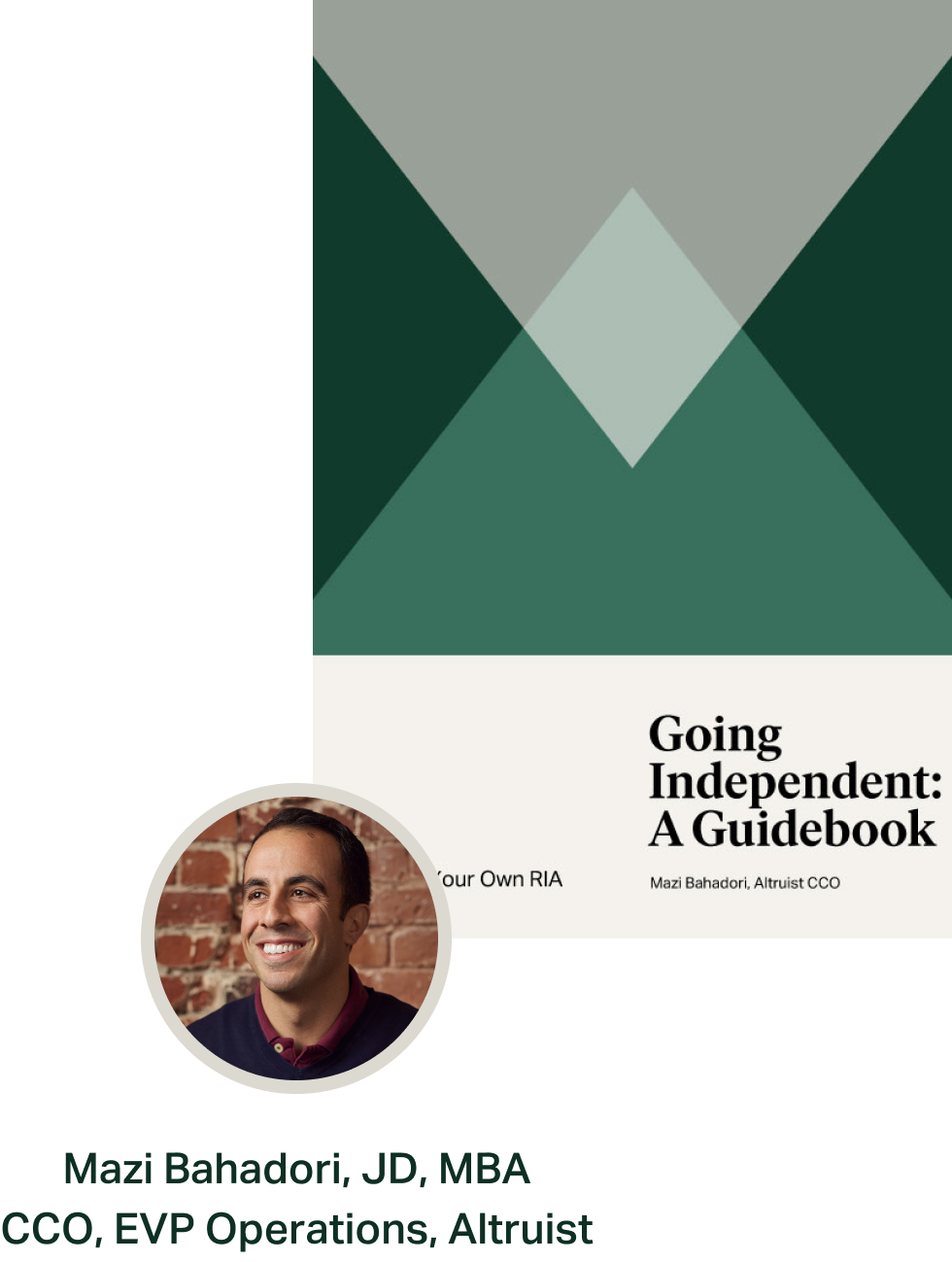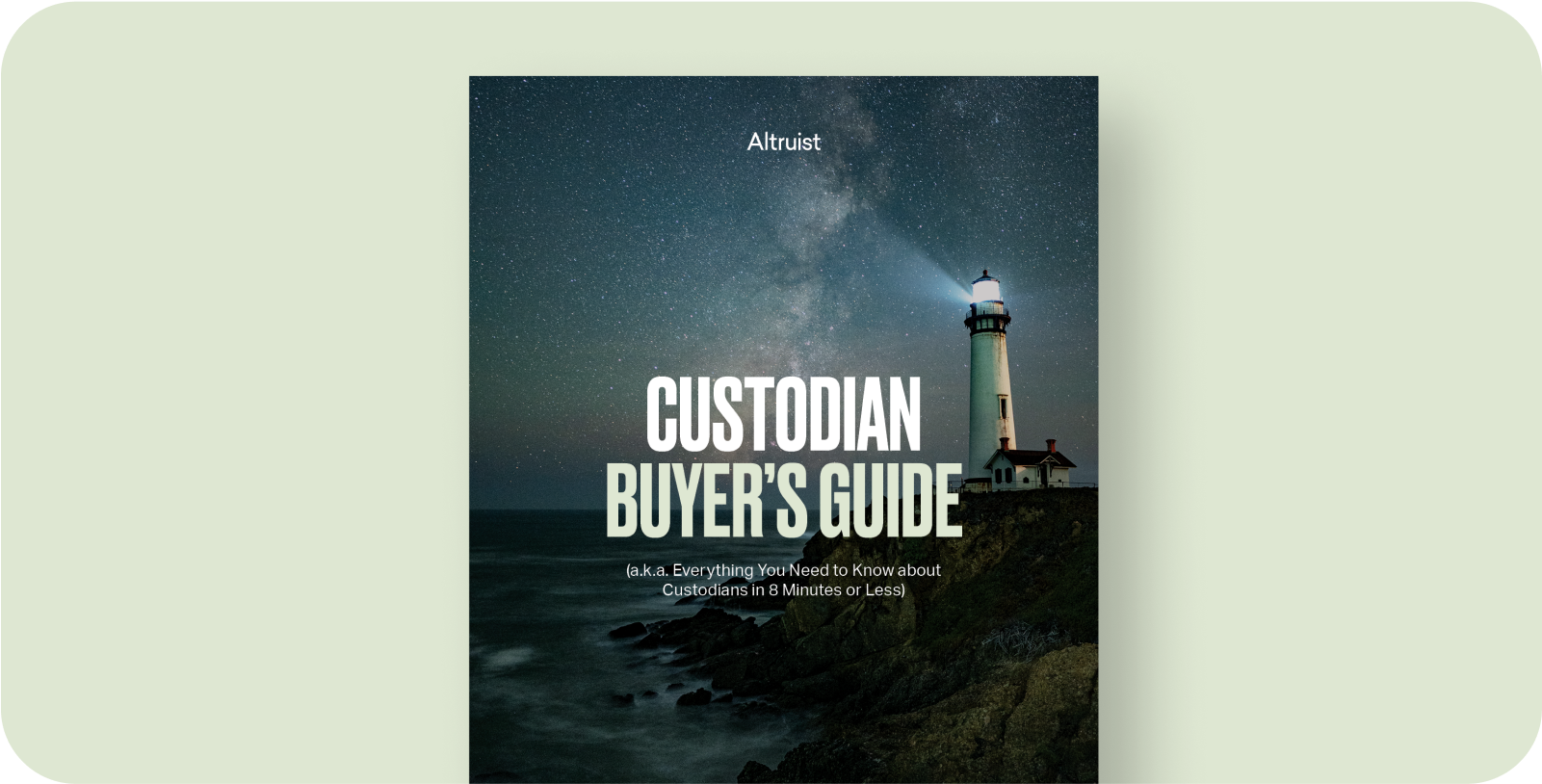This post was inspired by a conversation on The Advisor Journey podcast. You can listen to the whole discussion between hosts Jason Wenk and Dasarte Yarnway here.
As a 20-year veteran of both startups and the financial services industry, I’ve noticed that the companies that consistently outperform industry benchmarks–and their competitors–tend to share this common trait: talent density. More specifically, enduring talent density.
It’s one thing to attract top talent at a flashy startup, it’s another to retain and build a culture that consistently adds above-average talent over a long period of time while avoiding burnout.
In the simplest terms, teams that boast a high talent density are capable of doing more with less. They’re attracting and hiring people who, through a combination of ambition, hard work, and smart work, are performing at multiples of the average employee and getting paid to do so.
In this article, I want to share some insights about roles to consider, how to evaluate talent, and mistakes I’ve made that you should avoid – all in the spirit of helping your firm achieve higher talent density. We’ll touch on Bill McNabb’s perspective on leadership, the role of culture, a mental model of thinking about time and money as your practice grows, and the importance of augmenting yourself before bringing on additional practitioners. Let’s dive in.
Talent density is a product of leadership and culture
Consider the following definition of a “great leader” from former Vanguard CEO, Bill McNabb. He says, “A great leader sets the mission, communicates the mission, and holds people accountable for the mission.” Your mission is your reason for existence – it’s the purpose of the company and something for people to rally behind. If you expect your employees to follow you when things get hard, mission-driven leadership needs to be complimented by a strong team culture.
Team culture is an ever-evolving phenomenon that requires time and effort to nurture. In my experience, the best team cultures are built on authenticity and transparency. Those (very buzzy) words boil down to 1) Am I being honest with myself, and 2) Am I being honest with my team? If the answer to those questions is always yes, then you’re building on a solid foundation.
The evolving relationship between time and money
Here’s a highly oversimplified view of the trajectory of a successful business through the lenses of time and money.
First, you’ll trade your time for money – building a sustainable base for your business requires hard work, plain and simple. Once you’ve got your initial revenue requirements covered, you’ll trade money for time. In other words, it’s worth paying someone to get back precious hours and reallocate them into revenue-generating activities.
Hiring might force your income to take a hit temporarily.
Quality talent isn’t cheap. Early in my career, I took a pay cut to $25,000 (about $50k adjusted for inflation, granted, I was living below my means in West Michigan) to pay someone $75k ($150k adjusted for inflation) to essentially be my finance and ops manager. They took care of bill pay and taxes, regulatory filings, and a bunch of other things. They were overqualified, but they were so efficient that I was able to 4x the business over the next 2-3 years because of the time I got back. The point being, if you hire well, you’ll put yourself on the track to enjoy more money and more time.
Before you hire a junior or senior advisor, augment yourself with support staff.
Make yourself a superhuman advisor. Take the admin and busywork off your plate. Focus on revenue-generating activities. Establish a repeatable motion that clients love. Your first hire should empower you to do more of the work that grows your firm.
One of the hiring mistakes I made at my first RIA was bringing on junior advisors before support staff. The time it took me to mentor, coach, train, and nurture them… I was probably making $5 an hour. The root of this mistake was not establishing a desired outcome for those first hires. I looked around at what my peers were doing, and figured I should be doing the same. And when I finally got around to doing the math, the unfortunate result was a reduction in revenue per employee. As a rule of thumb, every practitioner should increase revenue per employee.
3 things to look for when evaluating talent.
A great hire will be able to do more than one thing well. Talent density is the result of fewer employees, of higher pedigree, getting paid more. If one person is paid 150% of the standard wage, but is doing the work of two people, your firm is coming out on top. Here are the three things I look for when evaluating talent:
- A track record of performance. They went to good schools, got impressive internships, worked at companies with difficult hiring processes, and were promoted multiple times over a period of multiple years. This isn’t the only way to source talent – there are a lot of exceptional people out there who took a different path – but it is efficient.
- Strong “back-channel” references. A back-channel reference is different than the reference that the candidate gives you. Back channeling, by definition requires some sleuthing. For example, let’s say you look at their LinkedIn profile and see they worked at Company X in Sacramento. If you know a couple of people that worked around a similar time then you’re in a position to get feedback from people who don't have a dog in the fight.
- The ability to give them a problem and then get out of their way. If a candidate can provide a detailed account of taking ownership of problems and executing solutions well, you’ll save yourself lots of handholding. And often their solutions will be better, faster, and more economical than what you would have done yourself!
The best junior advisors I ever hired…
Were homegrown talent. They started out in support roles but had the interest and aptitude in developing into practitioner roles. When the time came, they were already familiar with our clients and our processes and the transition was seamless. Alternatively, when I hired before the business was ready (i.e. before I had the revenue systems in place and personal interest in spending more time in an “enabler” role) new hires created a significant drag on the business. I felt like I was carrying around an 80lb backpack.
If you enjoyed this post
I encourage you to check out the podcast episode where we dive a bit deeper into the topics discussed here. Hiring can be a tremendous growth lever for your firm if you bring on the right talent for the right reasons. But become an “enabler” too fast and you’ll stymie growth.
If you only remember three things from this article, let them be this:
- Create a mission statement that will empower you to establish and develop a mission-driven culture;
- Augment yourself with support staff;
- Pay above-average wages for above-average talent (never take a step backward in revenue per employee).
Thanks for reading.
-Jason















